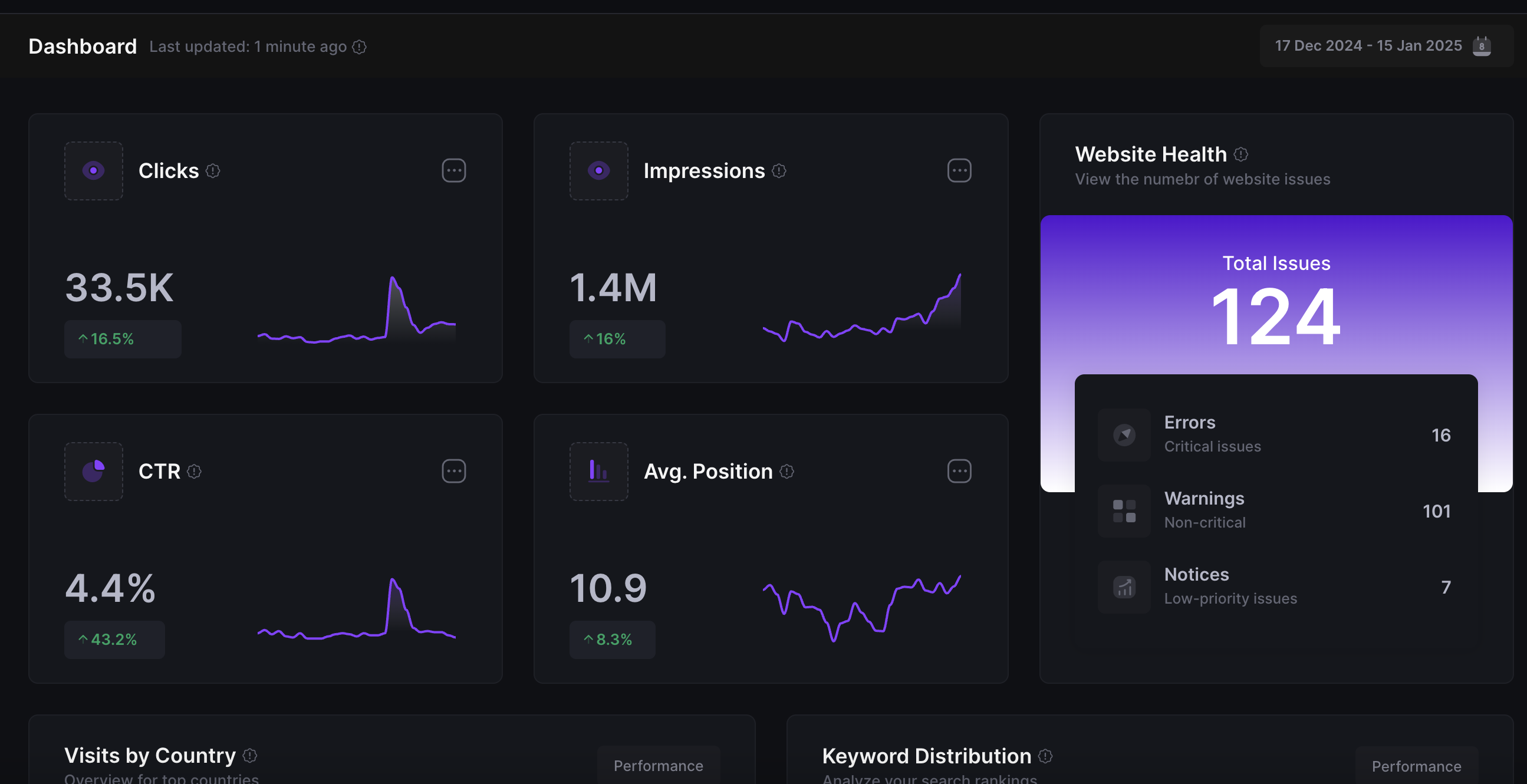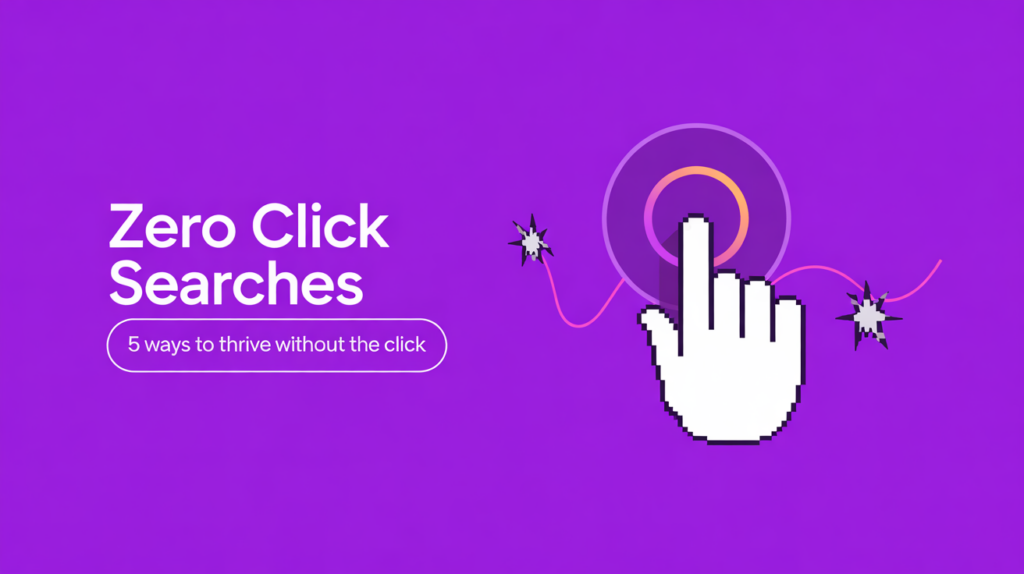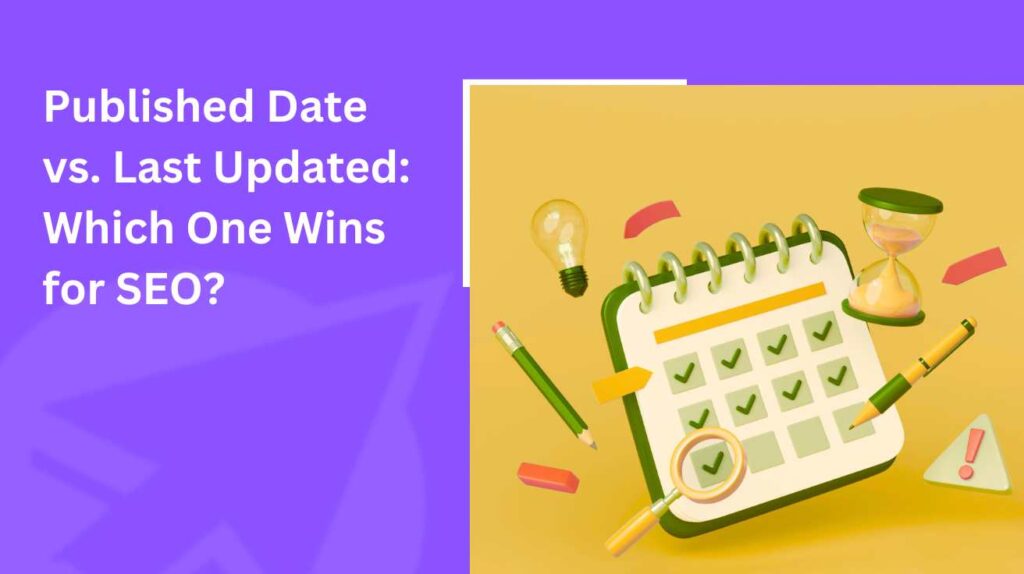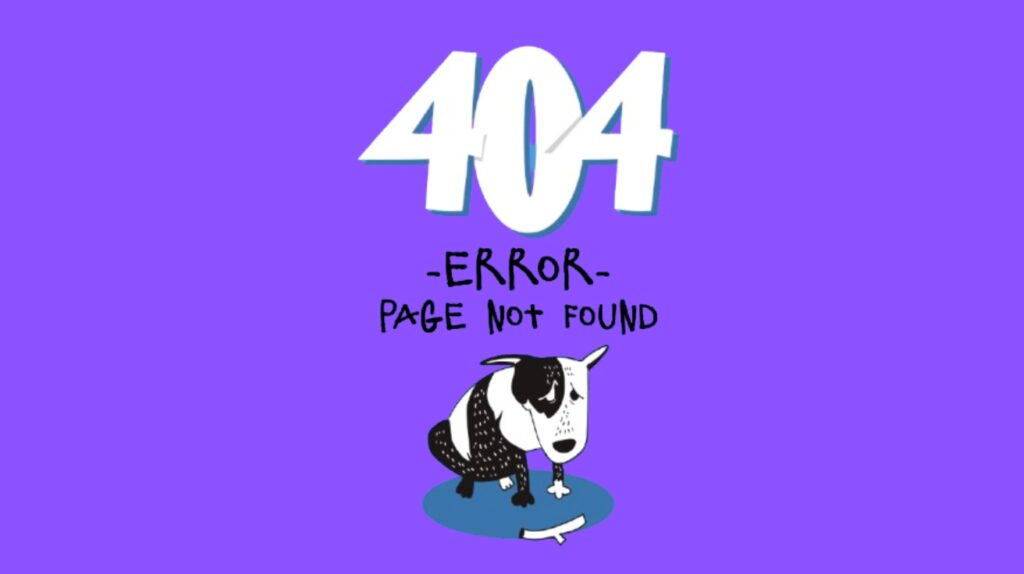Duplicate content is a common challenge in the world of SEO, and it can occur in two main ways: within the same domain or across different domains.
But here’s the real problem…
While both cases can be tricky to manage, duplicate content across multiple domains poses a greater risk to your website’s SEO. If search engines detect identical content on different sites, they may struggle to determine the original source, potentially affecting your rankings.
Here’s why this happens:
In some situations, duplicating content across domains is unavoidable, such as when migrating to a new domain without the ability to set up server-side redirects. To address this issue, Google introduced support for the cross-domain rel=canonical tag, which helps search engines recognize the preferred version of a page.
So, what’s the solution?
In this guide, we’ll explore the impact of duplicate content across different domains, how to prevent SEO penalties, and the best practices like using canonical links—to ensure your website maintains its visibility and ranking.
Let’s dive in!
Analyze your domain's health score and fix all issues with a single click.

What Is Duplicate Content?
Duplicate content is any text, article, or webpage that appears on multiple URLs, whether on the same website or across different domains.
Now, you might be wondering…
How does this happen?
It can occur intentionally or due to technical issues like URL variations, session IDs, or site versions (www vs. non-www).
There are two main types of duplicate content:
- Internal Duplicate Content – When similar or identical content appears on different pages within the same website, causing competition between them in search rankings.
- External Duplicate Content – When the same content exists on multiple domains, making each site compete against the other in search results.
You might be asking yourself, “Will Google punish me for this?”
Well, here’s what you need to know…
Does Google Penalize Duplicate Content?
There is no direct penalty for duplicate content, but Google prioritizes unique and valuable content.
According to Google:
“Duplicate content on a site is not grounds for action unless it appears that the intent is to be deceptive and manipulate search engine results.”
However, duplicate content can still hurt SEO by causing:
- Keyword dilution: Pages compete for rankings on the same terms.
- Reduced crawl efficiency: Search engines waste time indexing duplicate pages instead of unique ones.
- Lower authority: If multiple sites have the same content, backlinks and credibility get split.
So, what should you do?
To avoid these issues, it’s best to create original, engaging content that provides real value to users. If duplication is necessary (e.g., press releases or guest posts), using canonical tags can help direct search engines to the preferred version.
But before you can fix the problem, you need to know if you even have duplicate content in the first place.
Here’s how to check.
How to Identify Duplicate Content?
To ensure your content is unique and not duplicated across your website or other sites, you can use various SEO analysis tools:
- Google Search Console: Utilize the Coverage Report and URL Inspection tool to check how Google processes your content and whether duplication issues exist.
- Site Audit Tools: Platforms like Screaming Frog, Ahrefs, and Moz help detect similarities in titles, meta descriptions, subheadings, and overall content.
- Duplicate Content Checkers: Tools like Copyscape, Siteliner, and DupliChecker compare your content with other websites to identify any unauthorized copies.
Now that you know how to identify duplicate content, let’s discuss why it’s such a big deal.
How Duplicate Content Across Domains Can Harm Your Website
According to Google, a significant portion of web content is duplicated. While search engines manage internal duplicate content using canonical tags and redirects, duplicate content across different domains presents a bigger challenge.
So, what’s the real impact?
How Duplicate Content on Different Domains Affects SEO
- Keyword Competition – Duplicate content across domains competes for the same keywords, diluting search rankings and making it harder for the original source to rank higher. Google may also demote or filter out duplicate pages entirely.
- Loss of Backlink Authority – Backlinks play a crucial role in SEO. When multiple websites feature the same content, backlinks may be distributed among them, reducing the original content’s authority and ranking potential.
- Brand Confusion – Consumers may struggle to distinguish between similar businesses if product descriptions or website content are duplicated, leading to lost sales or misdirected traffic.
- Copyright Risks – Publishing duplicate content—whether intentional or unintentional—exposes websites to copyright infringement claims, especially if content is copied from competitors or third-party sources.
- Inaccuracy and Lack of Uniqueness – Generic or recycled content fails to showcase a brand’s unique value. Moreover, inaccuracies may arise if duplicated content is outdated or not aligned with the business’s offerings.
- Increased Bounce Rate – Users encountering repetitive content may leave a website quickly, leading to higher bounce rates. A high bounce rate signals poor-quality content to search engines, negatively impacting rankings.
- Loss of User Trust – When users encounter identical content across multiple sites, they may question the credibility of both sources, potentially avoiding both websites altogether.
- Potential Blacklisting – Although Google won’t penalize a site for minor duplication, repeated plagiarism can lead to blacklisting. Website owners can report content theft through Google’s infringement notice to protect their content.
If you have duplicate content across different domains, it can negatively impact your search rankings.
But don’t worry! There are smart ways to fix the issue and ensure your site ranks well without complications.

How to Handle Duplicate Content Across Different Domains?
To prevent this, you need to implement effective solutions tailored to the nature of the duplication. Here’s how to manage and resolve cross-domain content duplication effectively:
- Select a Preferred Domain – Search engines often filter duplicate pages and choose one version to display. However, it’s best to define your preferred domain explicitly using proper SEO techniques to ensure consistency.
- Implement 301 Redirects – When duplicate pages exist on different domains, 301 (permanent) redirects are the best way to consolidate them. Redirecting visitors and search engine crawlers to the correct URL ensures that only one version is indexed, strengthening your website’s authority.
- Use Canonical Tags for Cross-Domain Content – If setting up redirects isn’t feasible, a cross-domain rel=”canonical” tag helps specify the original source of the content. This tells search engines which URL should be treated as the primary version, helping avoid ranking conflicts.
- Reduce Internal Duplication First – Before addressing cross-domain issues, ensure that your own website doesn’t have duplicate content. Check for identical product descriptions, URL variations, or paginated content, and consolidate pages when necessary.
- Utilize Noindex Tags Where Needed – For pages that can’t be removed or redirected, applying a “noindex” tag prevents search engines from indexing duplicate variations.
- Optimize and Differentiate Content – Instead of reusing the same content across multiple domains, rewrite, expand, or tailor it to different audiences. This approach not only avoids duplication penalties but also improves user engagement by offering fresh and valuable insights.
Final Thoughts
Managing duplicate content across different domains is crucial for maintaining your site’s SEO performance and credibility.
By implementing the right strategies, such as canonical tags, 301 redirects, and content optimization, you can prevent ranking issues and ensure your original content gets the visibility it deserves.
Stay proactive, monitor your content regularly, and make adjustments as needed to keep your website in top shape!

FAQ About How to Handle Duplicate Content on Different Domains
What is duplicate content across different domains?
Duplicate content across different domains refers to identical or highly similar content appearing on multiple URLs. According to Google, this usually isn’t deceptive but can affect search rankings.
Can I have the same content on two websites?
Having the same content on two websites can sometimes result in penalties from Google or even deindexing, though this is rare. Google discourages intentional content duplication to maintain originality and search quality.
Is duplicate content bad for SEO?
Yes, duplicate content can harm SEO by confusing search engines about which version to index and rank, potentially lowering visibility in search results.


